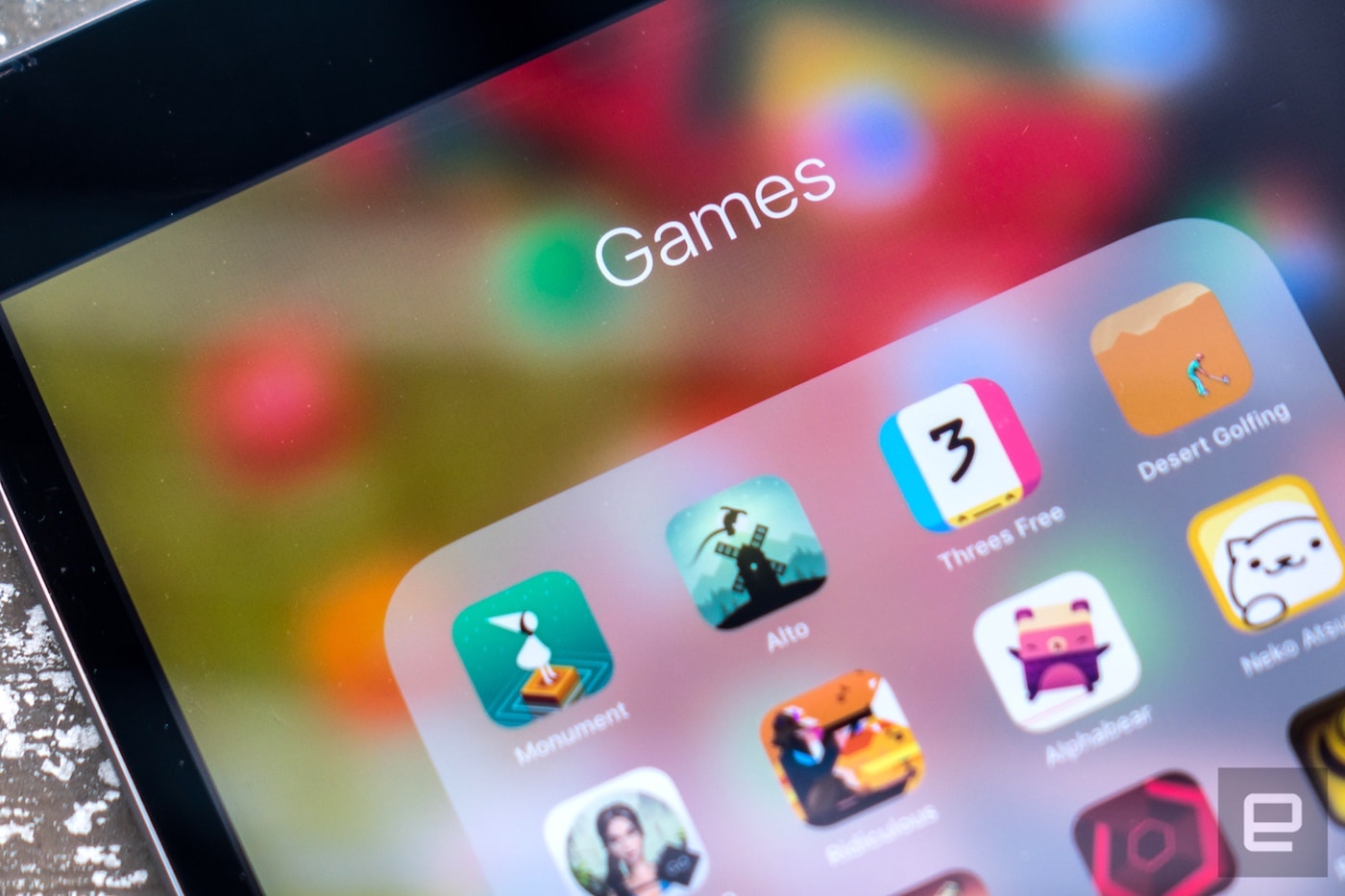The rise of mobile gaming has changed the way people access entertainment. Back in 2016, smartphone and tablet gaming overtook PC and console gaming for the first time, with 37 percent of total market share. Most importantly, the year-over-year growth rates for mobile games are expected to continue to increase more rapidly than any other type of games. This means there’s a significant opportunity for app marketers looking to capitalize on this shift toward gaming on personal devices.
But the rising popularity of mobile gaming also means there’s more competition within the marketplace. To strike gold and stand out among thousands of other apps, marketers need to market mobile games better rather than harder. Here are a few considerations to keep in mind.
Optimizing Mobile User Acquisition
Marketers devote a sizeable chunk of their ad spend, and focus much of their attention, on acquiring new mobile users. Of course, driving installs is crucial to the success of any gaming app. You have to walk before you can run; your app has to make it onto people’s devices before it can earn conversions. But not all installs provide the same value. That is, some are worth more because some mobile users will go on to actively use your app—by making in-app purchases, for example.
As one tech CEO noted at the 2017 GamesBeat Summit, in the past, “developers had to spend a lot of money on user acquisition” just to stand out from other apps. But now there are more options available for targeted, data-driven campaigns. The future of gaming app monetization depends on acquiring quality users from the get-go.
App marketing platforms can now analyze user behavior and demographics to create complex user profiles. This is the first step in building a target lookalike audience which allows marketers to target mobile users with similar characteristics to engaged users. This type of mobile user acquisition is based on driving quality installs over quantity. Acquiring users more likely to engage and convert based on data keeps ad spend down while boosting retention rates over time.
Using Social Proof as a Marketing Tool
It’s a well-established fact that people trust other individuals, more than they trust companies. Thus, social proof via word-of-mouth marketing can go a long way in getting new users to try your app. But merely providing users the option to share their experience is not enough these days. Rather, marketers must incentivize mobile users to perform desired actions.

What would this look like for a gaming app? Well, you may offer users a bonus item for sharing their score on a social media app. Players could earn access to a special level in exchange for referring a friend. Certain in-app features may be unlockable only to users who “Like” your Facebook page. The actions should be simple, as you don’t want to hinder users. But encouraging word-of-mouth marketing this way can be a very cost-effective way to get the word out about your gaming app.
Re-Engaging Former App Users
There exists a conundrum in the app marketing world. Most marketers agree retargeting is important because it aims to recapture previously engaged users. However, many ad budgets only allocate a small percentage of spend to re-engaging mobile users. According to one survey, only 1 percent of app marketers allocate 31 to 50 percent of their budget to retargeting. In contrast, more than one-third of marketers devote 5 percent of their budget or less.
The lesson here? Don’t lose sight of re-engaging users because you’re so focused on acquiring new ones. A savvy strategy balances these two goals. Above all, to better market your gaming app, make sure you’re driving app installs from the right kind of users—those who will engage and convert.













Leave a Reply